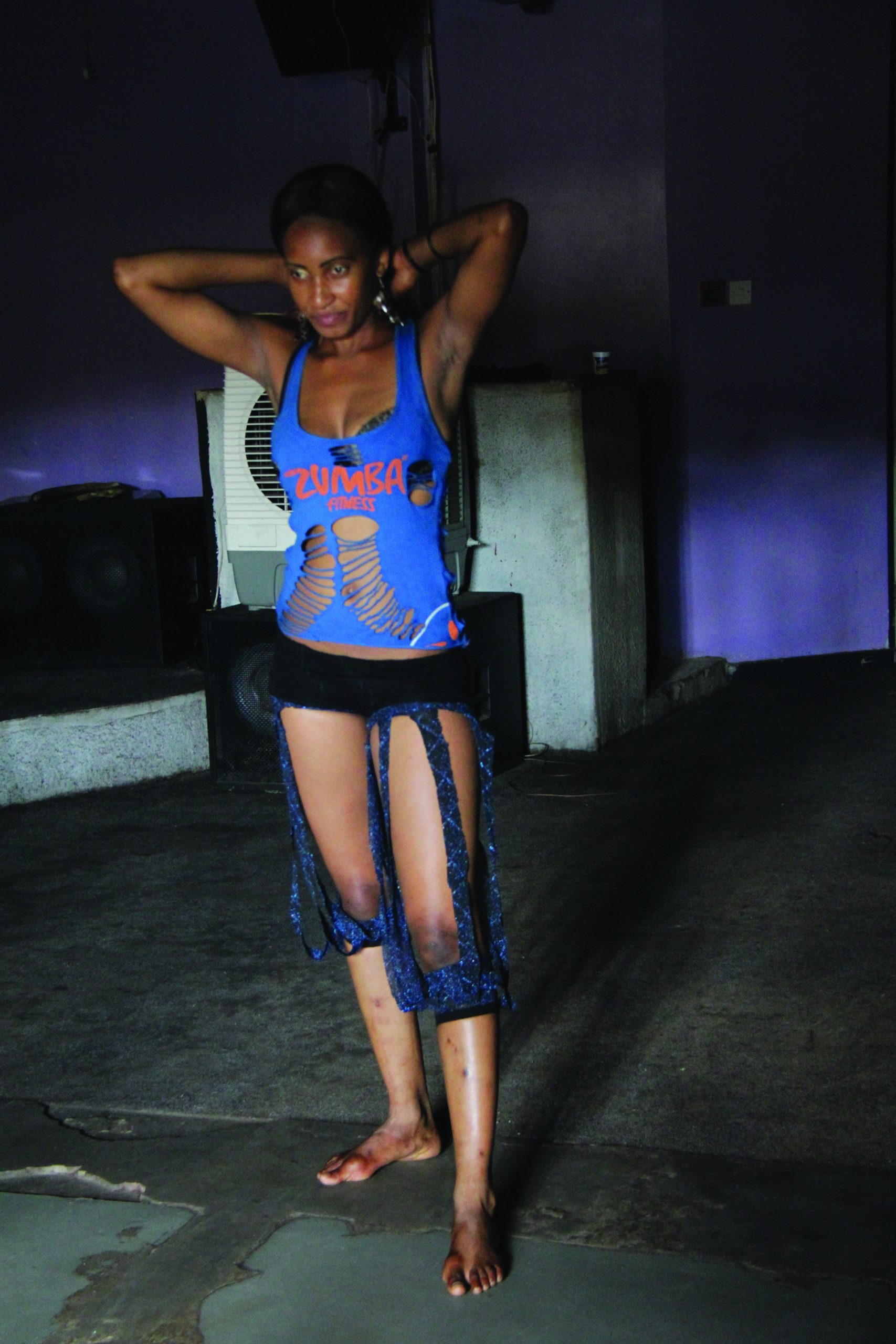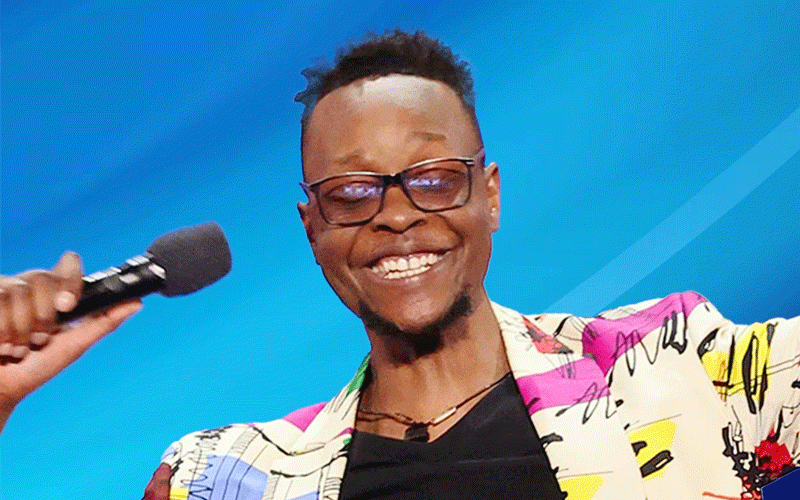
LAST week the media was awash with reports that two strippers, Brenda Chitsiga (21) also known as Coco and Candice Namatika (24) were arrested while performing at the Airport Lounge night club.
Coco’s offence was that during her strip tease act she plucked a male patron onto the stage and performed seductive dances on him and yet the certificate in her possession prohibited any physical contact.
Namatika was also charged for allowing male patrons to put money into her underwear. Both were arrested and taken to court where they were charged for contravening the Censorship and Entertainment Control Act (Prohibition of Public Entertainments not approved by the board).
Following the well-publicised cases, our reporter Phyllis Mbanje reveals below the going-ons in an industry that has thrived since 1967.
Pole dancers and strippers have in recent months been heavily criticised for their sexually suggestive dances.
Critics have questioned the legality of their trade, but this has not stopped revellers from flooding night spots that feature these dancers whose acts have taken the country by storm.
Older and ancient dance routines have been relegated to the bygones as the raunchier and sexier moves have become an instant hit with those that prowl the countless night joints.
However, unbeknown to most people who are fiercely opposed to pole and strip dancing, there is a legal provision that makes the practice lawful. The law however spells out exactly how the dancers are supposed to conduct themselves during their performances.
- Chamisa under fire over US$120K donation
- Mavhunga puts DeMbare into Chibuku quarterfinals
- Pension funds bet on Cabora Bassa oilfields
- Councils defy govt fire tender directive
Keep Reading
The Board of Censorship has provided for these dancers to perform in public places but under the guidance of certificate “C” which regulates and controls how they conduct themselves.
The certificate has provisions that spell out how far they should go in disrobing and has limits to the kind of dances that they can perform along with the language that they can use.
Some of its provisions read: “That the artiste should not strip beyond the G-string. Items (clothing/costumes used for the dances) should not be smaller than those exhibited to the board.”
“That no physical contact should be made between the artiste and the audience during the performance of a strip tease act,” read part of the certificate which costs US$25 and is valid for a year.
Secretary to the Censorship board Isaac Chiranganyika said many performers were flouting the regulations through altering their dance moves which they would have presented to the board, or changing the costumes that they initially said they would use.
“Pole dancers or strippers have certificates and they know that there should be no physical contact with the patrons but because they want publicity they continue to flout these regulations,” he said. Chiranganyika said getting the certificate was not a hassle and could even take a day or so but many performers were not willing to come forward and declare their activities.
Chiranganyika revealed the certificate has been in use since 1967. “It came into being through an Act of Parliament and has been subsequently amended. The last amendment was made in 1996. However, the guidelines try to address the moral issues and even state that the perfomers are not allowed to use dances or language that is offensive,” he said.
Solomon Chituwa, the liaison officer of the censorship board, said while their mandate was to monitor how the artistes were performing, they were not capacitated to actually be in full control of the situation.
“We normally respond to public outcries, like when it comes out through the various newspapers,” said Chituwa.
He said he was aware of some unscrupulous artistes who were taking advantage of this and were creating confusion by performing outside the laid down provisions.
“We are not capacitated and we rely on the public and the police who enforce all legal acts and, because of that, some artistes get away with immoral and offensive dances and acts,” he said.
He gave an example of the popular drama Sabhuku Vharazipi which he said despite having an age restriction of 16 years, many families were watching it with their children who were below the stipulated age.
“The board scrutinises scripts and makes recommendations but sometimes these are ignored and the end result is way different from what we would have agreed to,” he said.
Adult entertainers flout rules for quick buck
Former self-confessed queen of pole dancing, Beverly Sibanda, was among those who flouted the provisions of the certificate when she inserted a 750ml empty Castle bottle into her private parts. In the furore that followed, Delta Beverages was sucked into the controversy and ended up issuing a statement that said they did not take kindly the act of using their products for other purposes other than what they were intended for. However, Bev dismissed it saying she required fresh dance moves to separate herself from the pack. Beverly also said at the time that her fans liked the act and saw nothing wrong with it. She then went on to use a Viceroy brandy bottle.











